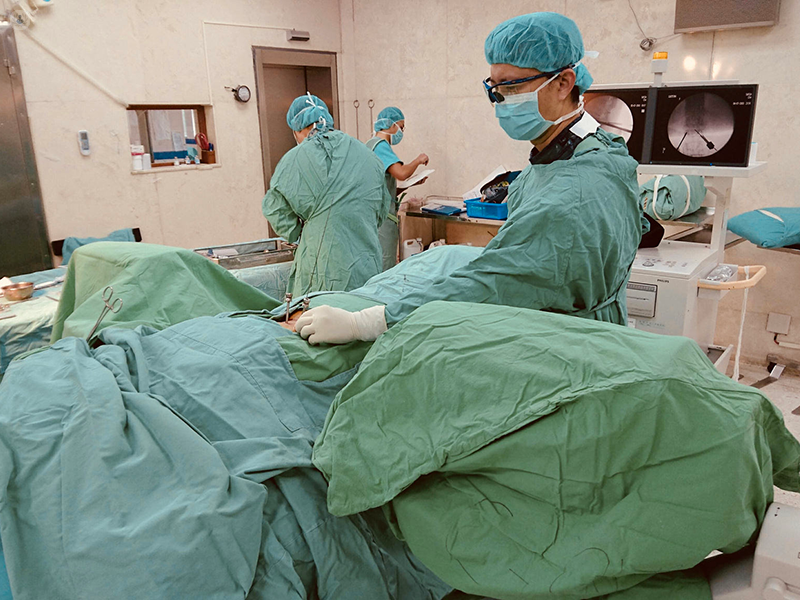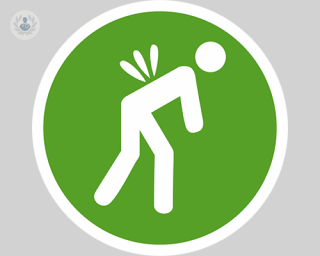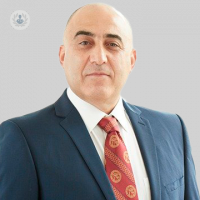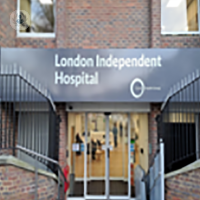Kyphoplasty
Mr Khalid Salem - Orthopaedic surgery
Created on: 11-13-2014
Updated on: 08-18-2023
Edited by: Aoife Maguire
What is kyphoplasty?
Kyphoplasty is a type of surgery performed on the spine to reduce pain caused by a spinal fracture or condition such as osteoporosis.
A number of spinal conditions can cause the spine to fracture and compress, causing severe pain and making it more difficult to move. By stabilising the fractures with cement, kyphoplasty aims to alleviate pain, strengthen the spine, and improve mobility.
Kyphoplasty is very similar to vertebroplasty, another procedure for stabilising the spine. The difference is that while a vertebroplasty procedure involves injecting cement directly into the spine, kyphoplasty involves inflating special balloons to make space in the fractured bone first, before injecting the cement mixture.

What does it involve?
Kyphoplasty is generally performed by an interventional radiologist, and is usually a day case procedure, so you won’t have to stay in hospital overnight.
You will usually be sedated for the procedure using an IV line, and you may be given medication to help with nausea nd pain.
The procedure involves making a small incision in the back and guiding a small tube to the target area, with the help of an X-ray. A balloon is passed through the tube then inflated to create the space for the cement mixture. Finally, the mixture is injected through the tube.
The doctor will then bandage the area where the incision was made and remove the IV line.
The whole procedure should take about an hour, but it can take longer if the doctor needs to treat more than one vertebra.
How do you prepare for kyphoplasty?
Prior to the operation your doctor might order an X-ray or MRI scan to produce a clear picture of the area that needs repair.
On the day of the operation you should be able to take your usual medication, with the exception of anti-inflammatory tablets, but you may be asked not to eat or drink anything for several hours before the procedure.
Aftercare
After the procedure it’s likely you’ll need to stay in a recovery room for a couple of hours. If there were complications, or if more than one vertebrae was treated, you might need to stay in hospital overnight. The interventional radiologist might also recommend a follow-up appointment to scan the area of the operation and discuss your symptoms.
Your doctor will advise you on what physical activity you can do after the procedure. Generally, you’ll be advised to increase your activities gradually and resume all medication.
You should feel pain relief immediately or within a couple of days of the procedure. You might, however, feel some pain from the incision that was made.
Many patients who have undergone kyphoplasty are able to reduce their pain medication within a couple of weeks of the procedure, and are much more active after the procedure.
Alternatives to this treatment
Kyphoplasty isn’t suitable for everyone. It is more effective the sooner it is performed after a fracture, so if your fracture has already healed, kyphoplasty may not be recommended.
Kyphoplasty may not be suitable for someone with a lung disease or emphysema because the procedure involves lying down for at least an hour. In some cases special accommodations can be made.
Finally, kyphoplasty might not be recommended if you have a problem with abnormal blood clotting, because this can make the surgery itself unsafe.













